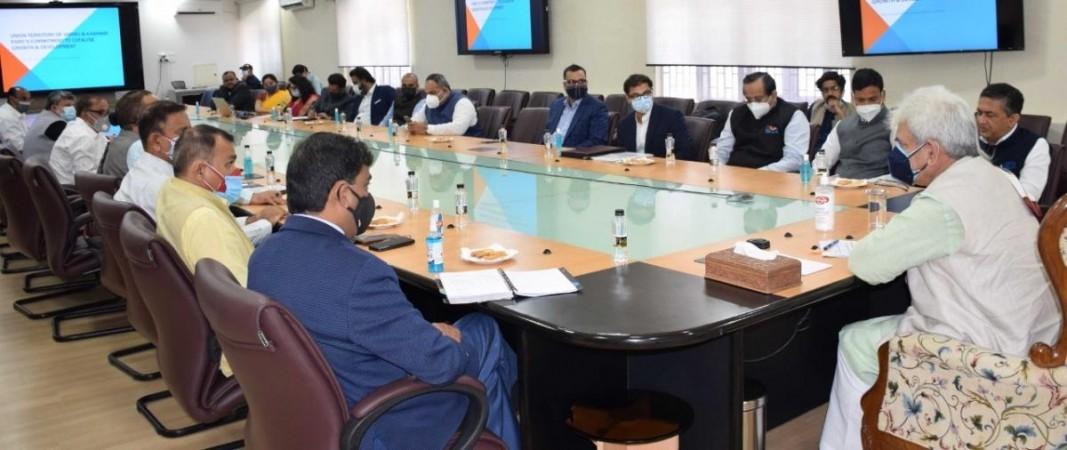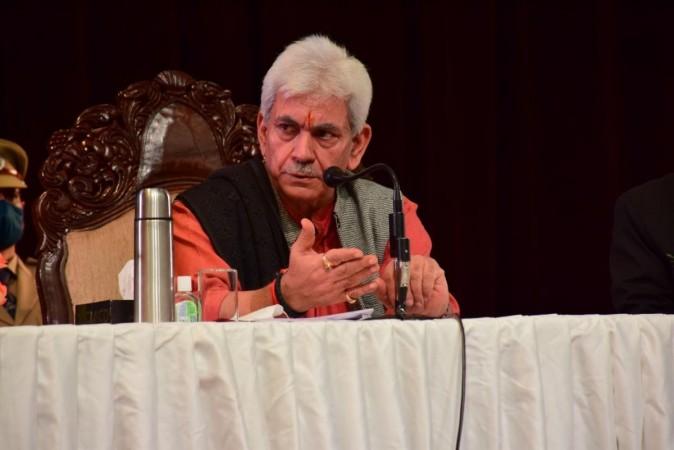The J&K administration has led by example on many fronts, be it inoculation at a rapid pace to working for the welfare of the people in the valley. While touching upon significant sectors to further development in the Union Territory of Jammu and Kashmir, the administration has brought peace and harmony, especially since the abrogation of Article 370. Bringing back the lost glory of J&K was full of obstacles, but the relentless work by the UT administration has managed to overcome those challenges.
While the aim of ushering into an era of development, employment, improved education and healthcare remains unwavering, the J&K administration celebrated the approval of Rs 12,600 crore District Capex Budget. In a historic decision on Wednesday. Rs 12,600.58 crore District Capex Budget for 2021-22 was approved for ,the equitable development of Jammu and Kashmir with the active involvement of panchayats, block development councils (BDCs) and district development councils (DDCs). The latest budget is more than double of previous year's budget of Rs 5,134.40 crore.
![J&K's ₹12,600cr District Capex Budget strengthens grassroots democracy [details here]](https://data1.ibtimes.co.in/en/full/762442/jks-12600cr-district-capex-budget-strengthens-grassroots-democracy-details-here.jpg?h=450&l=50&t=40)
J&K Lt Governor Manoj Sinha chaired the high-level meeting, in which the District Capex Budget for all the 20 districts of the Union Territory was approved. In the meeting, 20 chairpersons of DDCs and all the Deputy Commissioners gave a brief overview of their respective district plans.
Key features of District Capex Budget
Highlighting the key features of the District Capex Budget, Sinha observed the ways to raise the standard of living of the people, create employment opportunities to locals, development of infrastructure as per the needs of the public.
The Lt Governor said that the bottom-up approach has been adopted to map optimal strategy for socio-economic development, sustainable and inclusive growth at the grassroots level, strengthening of basic amenities, and development of human capital by solidifying health and educational institutions.

"Fulfilling people's requirements is the top-most priority of the UT Government. The change must be visible on the ground. People need better governance, transparency and timely completion of welfare projects," Lt Governor Sinha said.
After detailed deliberations and collective efforts of the PRIs and the administration, as well as inputs from the public, there's an effective plan for development at gram panchayat, block and district levels. Sinha noted that community-based planning plays an important role in the implementation of these development plans.
The Lt Governor directed DCs to take immediate action to tackle implementation constraints in infrastructure projects and complete more than 80 percent works taken up this year within 12 months.

The Lt Governor further asked the DCs and PRIs to focus on youth engagement, solid waste management, improving health & education sector, provision of clean drinking water irrigation facilities, better mobility, livelihood generation, and tourism & sports infrastructure. Sinha maintained his stance advising DCs to connect with the public and share best practices for effective implementation of developmental works.
Sinha also emphasised on maintaining transparency and accountability in the implementation of development plans by maintaining the list of plans approved and date of completion of the work on panchayat level. To boost morale, Sinha said the government is starting District Evaluation Framework, where the performances of the districts and their ranking will be published monthly.








